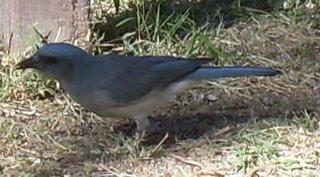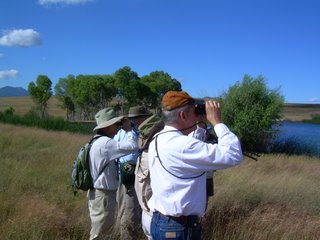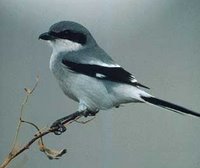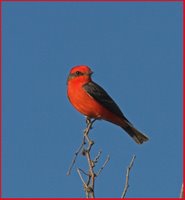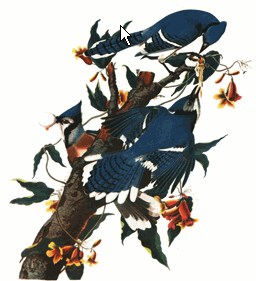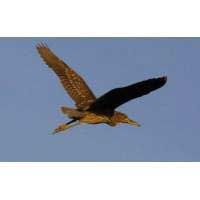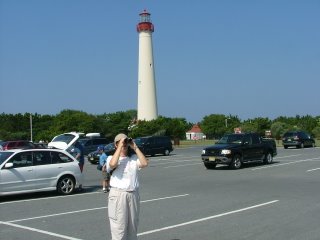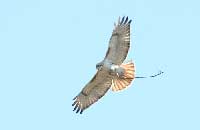
I had no idea how honored I should have been when our guide, John Yerger, and his friends, Keith Kamper and Jake Mohlmann showed up today for the TSA trip to Sulphur Springs Valley. All I knew was that this was the youngest guide I had yet to meet and perhaps I was a little suspicious of the fact that the driver of the lead vehicle, Jake, was eating a can of cold cream of potato soup for breakfast, but I’m already ahead of myself!
The group met at the Houghton Road spot at 6 am. It was a small group today – just 7 of us including the leader(s) so we only needed 2 vehicles. I rode with Howard and Mary who have just moved to Tucson from Montana. They will be “part-time” residents and are avid birders. Sid also rode with us, so it was the four participants in one car and the three leaders in the other. As we left the parking area, we all noted how beautiful the oranges, pinks, and reds were in the sunrise. Actually, it was quite cold this morning and got colder as we climbed in elevation making our way south and east. I was wishing I had dressed just a little warmer.
It took almost 2 hours to get to out first stop, White Water Draw and we were all getting a little antsy to do some birding which meant that we started stopping to look at the Red-tailed hawks along the road. This proved to be more than a little dangerous as there really wasn’t a good place to pull over and we almost got rear-ended once. (Folks, birding and driving are almost as dangerous as drinking and driving. Don’t let your friends bird and drive!) However, as we turned onto the road leading to White Water Draw we did stop to take a look around and bang, bang, bang, I had my first four lifers of the day – Bendire's Thrasher*, Lark Bunting*, Western Meadowlark*, and Sandhill Crane*! The cranes were just fabulous in that totally prehistoric way that Great Blue Herons are; only there were many of them flying in groups and you could hear them well before you could see them. It was then that I started to appreciate how good these guys were. Keith was excellent at pointing out the distinguishing marks between two similar species and Jake was great at getting every bird in his scope and making sure we all got to look at it. It was like having our own private pro birding team. Here we also saw a Loggerhead Shrike, Mourning Doves, and Great-tailed Grackle.
From what I could tell, White Water Draw is usually one fairly large pond created by a dam, however with all the rain we’ve had recently, it is now kind of a series of ponds. There was even water submerging the dam breast at some point so we couldn’t walk from one side to the other over the breast. Westarted out looking for owls near the pole barn, but didn’t find any. In the water of the main pond there were quite a few American Coots, Eared Grebes, and Cinnamon Teal. We also saw a Greater Yellow legs, some Killdeer, Spotted and Least Sandpipers, and Black-bellied Plover along its banks while an adult and a juvenile male Vermillion Flyctacher, Say’s Phoebe and Black Phoebe caught bugs in the are surrounding the ponds and a Northern Harrier and Cooper’s Hawk surveyed the fields for prey. Making our way around the pools, we saw a Yellow-rumped Warbler, and several sparrows including Vesper, White-crowned, and Brewer’s, Tree Swallows, Barn Swallow, Violet-green Swallow (which I didn’t see) and House Finch. The back pools provided us with a small flock of Snow Geese and 2 Ross’s Geese*, A ruby-crowned Kinglet, Northern Shoveler (one dead and one alive), Ruddy Ducks, Gadwall, American Widgeon, and Ring-necked Duck. Finally, as we started to leave, it started to warm up a little.
Next we headed toward Willcox, but had a few good birds on the way. One was a Greater Roadrunner that was perched in a tree (!) and flew down just as we approached it in the cars. Another good one was a Ferruginous Hawk* that was soaring with a Red-tail. Finally, we stopped to flush some sparrows and found a Black-throated Sparrow. We were hoping for a Sage Sparrow, but I don’t think we ever found one.
Once we got to Willcox, there didn’t seem (to me) to be a whole lot going on. Again, lots of Coots, but also a beautiful great Blue Heron perched high atop what looked like an empty swing set although it was somehow in the pond. Then overhead erupted lots of twittering which Keith ID’d as a flock of Chestnut-collared Longspurs. I didn’t get a great look, so I probably won’t count those on my list just yet, but I did see a flock of 20-30 small dark birds fly by ::grins::
Other birds of note here were Long-billed Dowitcher, Blue-winged teal, Pied-billed Grebe, Raven sp, Mallards, and Savannah Sparrow. That’s almost 50 species (the “boys” counted 57 on their list) and 5 lifers today. ¡Excelente!
As a side note, it turns out that two of our leaders are from Pennsylvania. John is from suburban Philly and went to Penn State. Jake grew up in Bangor, went to Kutztown U and then Penn state. They were impressed that I actually knew were Bangor was. Small world, huh? Well, I should've known...look at those great PA Dutch names :-)
 Although not as foggy as last week, this walk started off much quieter. Both the birds and the birders seemed to me extraordinarily quiet this morning. Our leader, Darlene Smyth, led us briefly through a few of the Feliz Paseos trails, but wisely decided it wasn’t worth the time spent there as there were only a few Verdin about.
Although not as foggy as last week, this walk started off much quieter. Both the birds and the birders seemed to me extraordinarily quiet this morning. Our leader, Darlene Smyth, led us briefly through a few of the Feliz Paseos trails, but wisely decided it wasn’t worth the time spent there as there were only a few Verdin about.



